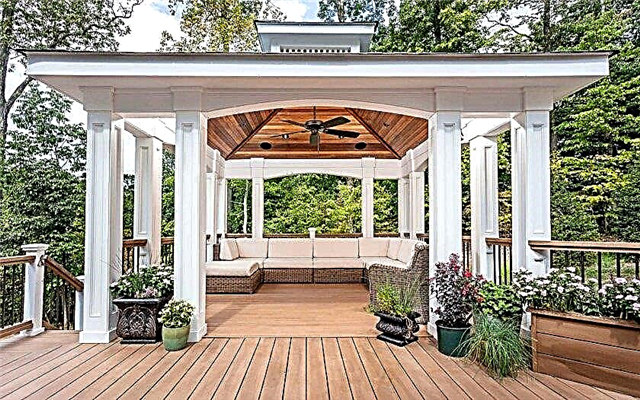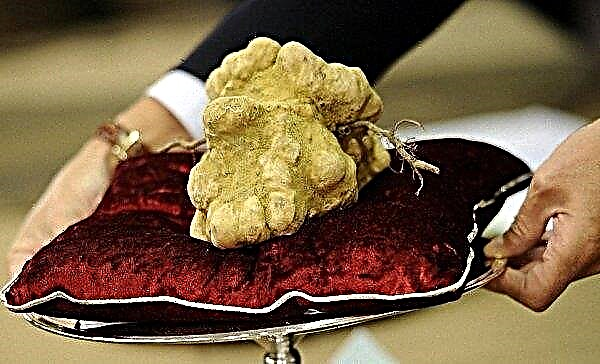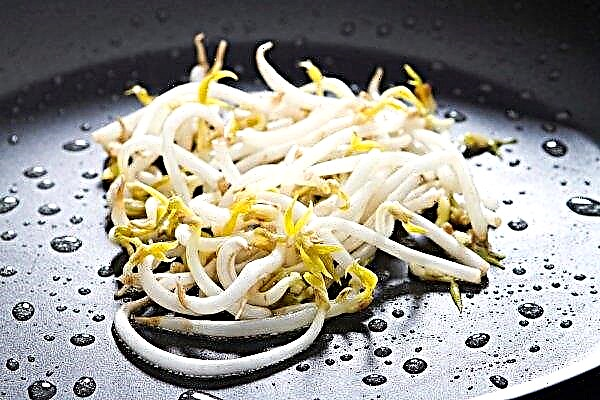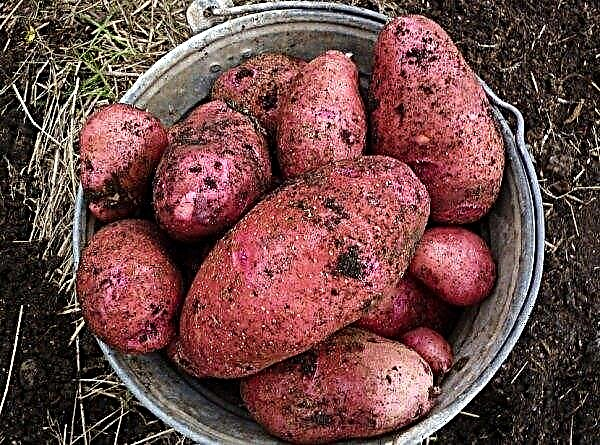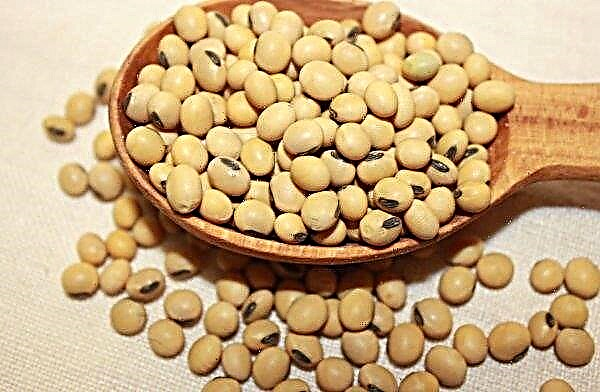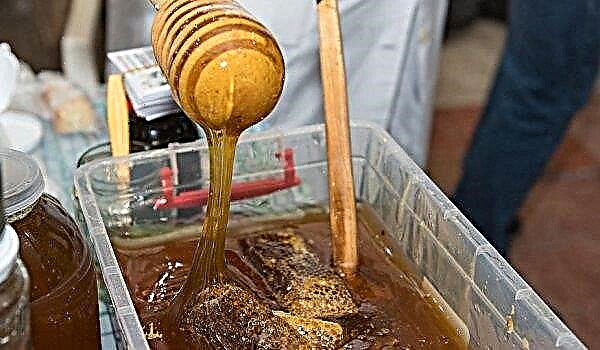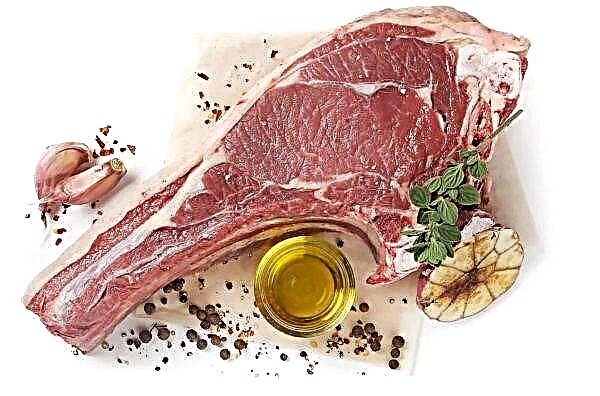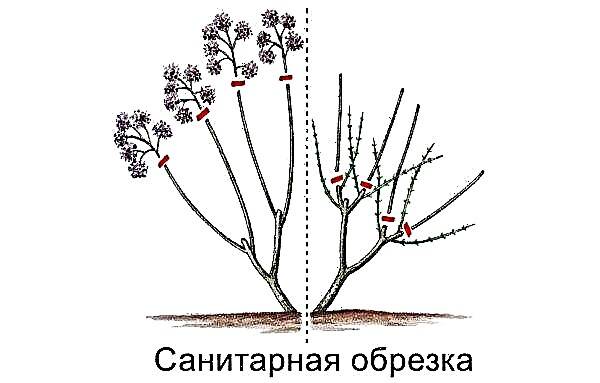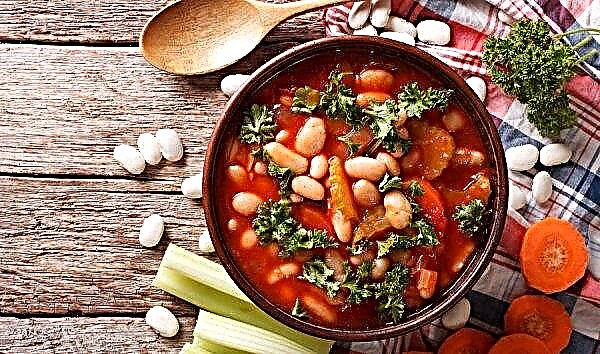Lush flowering hydrangeas will decorate both the city garden and the summer cottage. Among tall shrubs with a wide crown, a special place is occupied by varieties with a compact form, attracting the attention of gardeners with a limited place for planting. Due to its small size, Dharuma hydrangea is suitable for cultivation in small gardens, in adjoining urban areas and in mixborders. Below are the main characteristics of the variety and a basic description of the agricultural technology of the crop.
Description of hydrangea Daruma
Daruma belongs to panicled species of hydrangea and is a deciduous shrub of compact size.
The variety of Japanese origin is characterized by the following features:
- height and width of an adult plant - up to 1.2–1.5 m;
- shoots are strong, erect, red-brown;
- the leaves are elongated, oblong, green, some sources note a red shade of foliage;
- panicle inflorescences of a small size (commensurate with the bush), conical;
- flowers in inflorescences with a diameter of about 2 cm;
- over time, the light cream color changes to pink.
Flowering culture begins in mid-June and ends in the fall, in September-October. The variety is characterized by rather high frost resistance (up to -23 ° C) and resistance to diseases and pests.
Growing Features
Hydrangea is a relatively unpretentious crop. The key to success is choosing the right site with the right soil type. Next, we will consider the features of planting and care, which can be applied to any panicled variety.
Did you know? Botanical name of the plant — "Hydrangea" — translated from ancient Greek as “a vessel with water”, and the Japanese name for the flower is “adzisai” means “purple sunny flower”.
Site selection and landing
Panicled hydrangea prefers light penumbra, since direct sunlight has a bad effect on the decorativeness of inflorescences. It is recommended to avoid strongly blown places.

The best conditions for the plant are well-drained soil with an acid or neutral reaction, fertile and moist. Hydrangea is most often planted in the spring, when there is a threat of frost, but in regions with a warm long fall, planting in September is also possible.
Important! The root system of hydrangea is superficial; therefore, it is undesirable to plant onion around the bush, requiring annual digging (tulips, gladioli, etc.).
Having chosen a suitable site, landing is performed as follows:
- Prepare a hole corresponding to the size of the root system of the seedling. On average, a recess is made with a depth of 40 cm and a width of about half a meter.
- Planting soil is prepared by mixing 2 parts of garden soil and humus with peat and sand (one part each). It is also recommended to add 1.5 tbsp. l urea and potassium sulfate and 4 tbsp. superphosphate.
- Sapling roots should be spread in the center of the pit. Then the soil is poured around the plant and slightly tamped. The root neck should be visible above the soil.
- Hydrangea is abundantly watered and mulched with peat or fallen needles.

Care
A young seedling will require closer attention from the gardener. It is most important for an adult plant to provide sufficient watering, top dressing and proper pruning.
Video: Caring for panicle hydrangea
Watering
For irrigation of hydrangeas, chlorine-free water should be used, for which it can be defended or taken rain. Humidification should be carried out, on average, 2 times a week, pouring about 3 buckets of water under one plant. Mulching the trunk circle reduces this value, preserving the incoming moisture for a longer period.

Fertilizer
When planting in a fertile mixture, a young seedling will not need to be fed in the first year of vegetation.
Further, you can make fertilizers according to this scheme:
- complex mineral mixtures - when the first shoots appear;
- a solution of superphosphate and potassium sulfide (4: 7, 100 g per bucket of water) - during the formation of buds;
- mullein infusion (1 part of manure into 3 parts of water, after a week of infusion, diluted with water in a proportion of 1:10) - at the end of summer.

Hydrangea pruning
Panicled hydrangea is cut in the spring, before buds open, leaving shoots with 3-4 buds. Branches frozen over the winter are also removed, cutting them to a living place. If the plant needs rejuvenation, all shoots are cut to the level of the stump.
Did you know? Hydrangea inflorescences are decorative even after flowering. Dried shoots with “caps” are used to make winter bouquets.
In this case, the bush will grow a new crown only in the second year.Full pruning is undesirable in the fall, since such a plant hibernates worse. You can remove only large inflorescences in order to avoid breaking branches under the possible weight of the snow cover, as well as perform sanitary measures.
Preparing hydrangea for winter
Depending on the specific climatic conditions of the region, the method of plant wintering is chosen. Adult hydrangea in midland gardens can remain in open ground without protection. Winter shelter is mandatory for young bushes, especially after autumn planting. It is also recommended to protect hydrangeas in places with severe frosts.
The trunk circle before shelter should be filled with a high layer of mulch (up to 30 cm). Then, stakes are driven in around the bush, onto which the covering material is pulled.
 1- tilted shoots, 2 -cocking, 3- spruce branches, 4- lutrasil, 5- stone
1- tilted shoots, 2 -cocking, 3- spruce branches, 4- lutrasil, 5- stone
Breeding
Although the plant can be propagated by seeds, this method is rarely used in amateur gardening because of its duration. Most often, the flower is propagated by cuttings or layering.
Hydrangea from cuttings
Material for grafting is collected in early spring, even before the kidneys open, or in the middle of summer:
- In the spring procedure, the cut should be done at an angle, leaving at least two buds on the handle. Planting is performed in sand or peat, tilting the shoot by about 60 degrees. In this case, the lower kidney should go to a depth of 3 cm. After watering, the landing should be covered. Rooted hydrangea is transplanted into the garden next spring.
- During the summer cuttings, the lower leaves should be removed from the cut shoot, and the remaining ones should be reduced in half. The cuttings are treated with a rooting agent and planted in a container with a mixture of peat and sand, which is put in the shade. Planting should be covered (with a jar or a greenhouse cover) and watered 2 times a week. When rooting occurs, the container is opened, and for the winter is transferred to a cellar or other place with a cool temperature. Hydrangea is planted in open ground in a permanent place at the end of next summer.
Layered Hydrangea
A large bush can be propagated by layering in early spring, before the buds swell. To do this, choose the lower shoot and add it to a recess of about 15 cm, next to the uterine plant. The branch is fixed, for example, with a stone or a wire hook. Dripping place watered.
New shoots from the layering should appear in August. When their length approaches 15–20 cm, they perform hilling with an interval of a week, bringing the hill of the earth to a height of 20–25 cm. In this form, hydrangea leaves for the winter. The next year, the young seedling can be separated from the mother liquor and transplanted.Important! In the first year after transplanting plants from cuttings or cuttings to a permanent place, hydrangea buds should be cut off and the bush sprouted.
Disease and Pest Control
This culture is quite resistant to diseases and pests. But in some cases, such problems may appear:
- Powdery mildew and rot - a consequence of excessive humidity at low temperatures. In this case, the treatment of the bush with Bordeaux liquid, Purebloom, Fundazol and similar preparations according to the instructions helps.
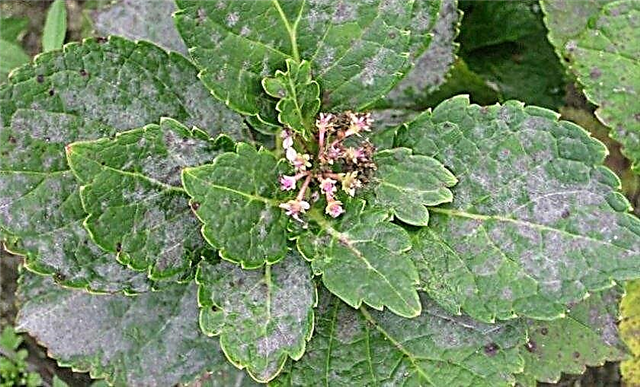
- Chlorosis - may occur with iron deficiency and improper metabolism. For treatment, the Iron Chelate, Agricole, Antichlorosis, etc. drugs are suitable.
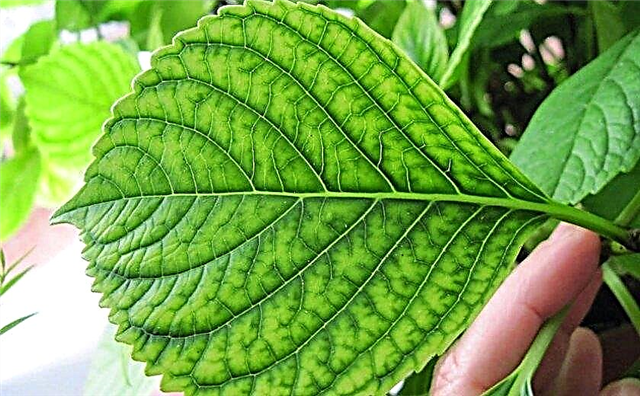
- Viral ring spotting - This disease, unfortunately, is incurable. Such a bush should be removed and destroyed.





